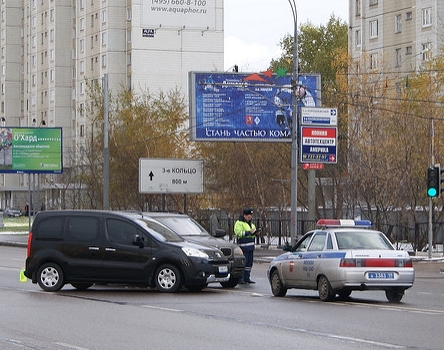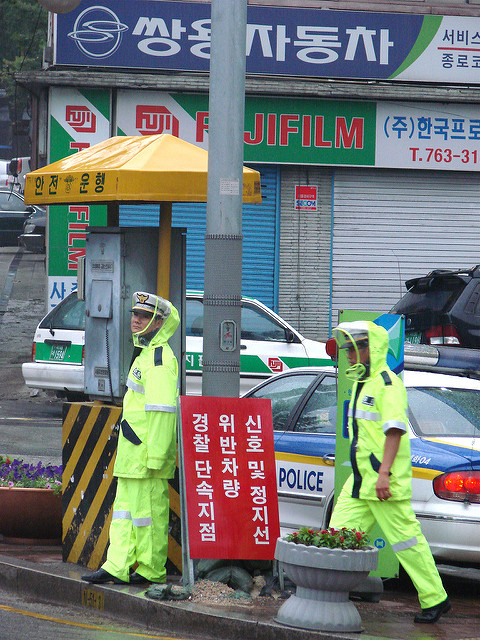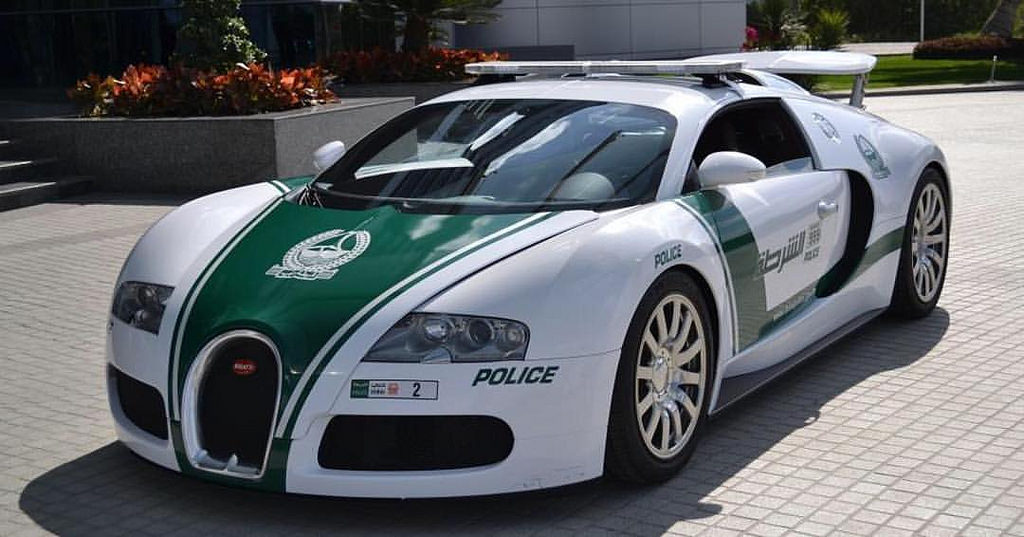Each August, people come out in droves to watch unique cars, old and new, parade down Woodward Avenue for the Woodward Dream Cruise. A newer addition to the Metro Detroit tradition, however, is Roadkill Nights - Powered by Dodge, an event that allows drag race fanatics to participate in the sport themselves! While this is the 4th year that the event is taking place, it is only the third year it will be taking place at the M1 Concourse in Pontiac, Michigan.
Roadkill Nights will be taking place today, August 11, 2018, as a kickoff to the week leading up to the Woodward Dream Cruise! Roadkill Nights will go on all day from 10 AM to 11 PM, with thrill rides, motocross exhibitions, food trucks, and a variety of other family friendly activities. Roadkill Nights gives car fanatics the chance to show off their prized vehicles, and allows attendees to see a variety of rare and uncommon automobiles.
Additionally, Roadkill Nights gives amateur drag racers the chance to race down Woodward Avenue! Drag racers typically go down a ¼ mile track and can even reach speeds up to 300 miles per hour! The drag race qualifying rounds begin at 11 AM and the races will continue through to the end of the event. The stakes are high as throughout the course of the event, a total of $40,000 will be given out in prize money! Amateur drag racers have applied to be part of the races on the Roadkill Nights website. Those who just want to watch the race or show off their cars rather than participate, can purchase a car show entry package on the website, as well.
Tickets for the general public are $10 per person, but Pontiac residents can buy discounted tickets at $5 each online. Children under 12 get in to the event free of charge! Roadkill Nights are a fun way for the general public to enjoy motocross and drag and street racing in a safe, yet thrilling way, while also to kicking off the festivities for this year’s Woodward Dream Cruise.
While Roadkill Nights allows people to zoom down Woodward Avenue, not every car ride should be a high speed drag race. If you or someone you know has been injured by a speeding driver, contact The Michigan Law Firm, PC at 844.4MI.FIRM. Our attorneys fight for Michigan’s injured drivers.


























